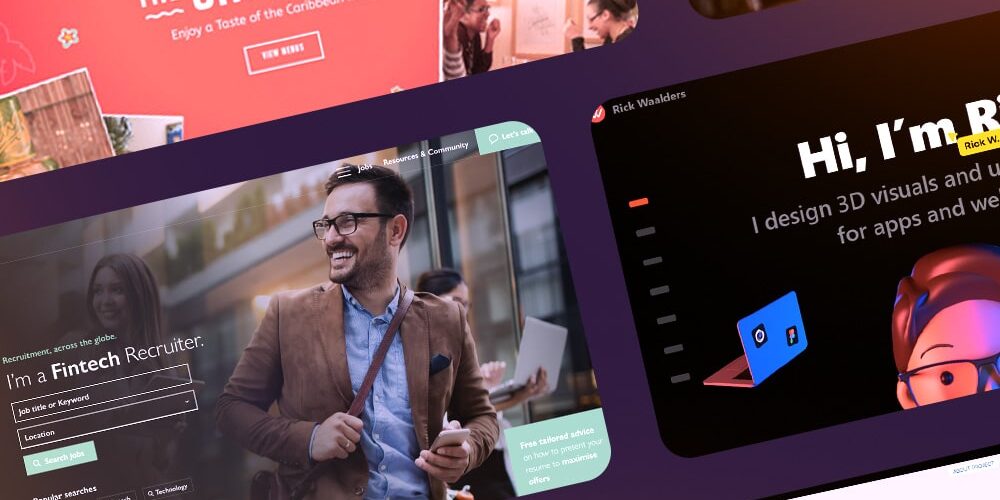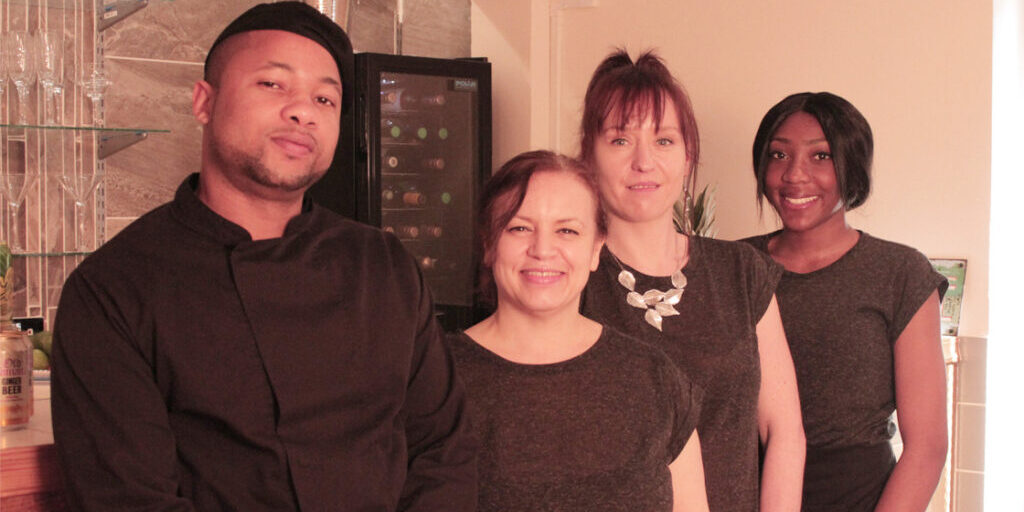Humans have always developed technology to help convey information.
It’s easy to forget that something as basic as paper was once a ground-breaking invention, as was the simple pen. The digital revolution is arguably the biggest technological upheaval since the invention of the printing press and, like the printing press, has fundamentally changed the way we absorb information by enabling essentially instant delivery.
While the printing press enabled newspapers to reach avid customers at the breakfast table, the digital revolution can send RSS feeds to smartphones anywhere there is an internet connection. It’s not just the written word which has been impacted by this change, these days amateur video footage can go global with breathtaking speed via social media and podcasts can go viral if their content is compelling enough.
This situation has created something of a paradox. On the one hand, consumers love having on-demand access to information sources which suit their needs, whether it’s something as small as being able to see the floor plan of a large shop on their mobile as they walk around it to something as large as being able to keep up to date with a breaking news story on the other side of the world.
Modern consumers are more sophisticated
On the other hand, consumers are being approached by content providers on a continuous basis. A lot of content is sponsored by advertising in one way or another and advertisers are rarely slow to reach out to potential customers. This has created a situation in which many customers have become highly adept at blanking out information sources unless they can see an immediate relevance to them.
This means that content providers have to be able to communicate their key message very quickly and accurately and make sure that it’s relevant to the people they want to reach. They also have to be aware that any claims they make can be double-checked very quickly and easily by today’s generation of savvy shoppers and cynical consumers, who have long-since grasped the concept of comparison shopping. The huge popularity of comparison sites shows just how sophisticated consumers are becoming about making sure they are investing their time and money wisely, while the fact that some companies are now taking a stand and refusing to be part of them shows that they still perceive a huge value in owning the direct relationship with the customer.
Even those who provide forms of information which are relatively slow to change still find themselves needing to adapt to the habits and needs of the modern consumer.
Publishing industry in an online world
The publishing industry is still trying to find the sweet spot between the online and offline worlds. Where this is most visible is when they work in areas where there is fast-paced development, IT being a classic example. In the days of books on paper, customers were expected to go out and buy a whole new book every time a new update was released, even if the update was only minor and only took up a very small percentage of the book. Customers did not necessarily appreciate this and sometimes looked for other means to get the information they needed, such as borrowing the book from the library and photocopying the relevant sections.
Now customers can buy IT books on digital format meaning that it’s much easier for the industry to keep track of who has bought what and to offer them updates for an acceptable price. At the same time however, the concept of the book as a source of information is continually being challenged.
There are now many excellent websites on the internet, access to which is often free. Wikipedia may once have been looked on with scorn, but it’s now a highly-respected source of information. Google has become a compelling alternative to the local library. At the same time, while the printed word has many uses, there are some occasions where showing is far better than telling. This is why printed books have long included diagrams and pictures. What they can’t, however, include is video.
The growing demand for video
As YouTube shows, while people love entertainment, there is also a huge demand for videos which demonstrate clearly how to do something, whether it’s removing a tick from a dog or fixing a puncture on a bike. YouTube is full of clips of enthusiastic amateurs (and professionals) sharing their skills for free, which poses another challenge for content-providers – how to justify charging for the same information.
At the same time, the internet is full of places for people to share information directly, for example social media, internet forums and blogs. This means not only that current information can be shared quickly and effectively, but that experiences and opinions have a platform. This means that digital word of mouth can have a huge impact on an organisation, which is why effective social media monitoring is now a necessity for all larger organisations and highly desirable for smaller ones.
As well as having access to the internet, modern workers are now growing accustomed to the use of private intranets at work. Like the internet, intranets can be all things to all people according to user requirements. Some people will simply use them as the digital replacement for the canteen notice board with its shift rotas and menus, others will see it as a private internet and will expect and use the same sorts of features they have in their private lives, for example forums and social media.
Management are likely to be keen on using it to keep costs down, for example by allowing staff to fill in relevant forms online rather than having to print them out. Fortunately it is often possible to satisfy all groups, provided that care is taken during the design process. Fundamental information should me clearly marked for the benefit of those who may still be reluctant to engage with the digital world, while more confident users can be pleased with a combination of productivity tools, such as online, on-demand training and social tools, such as a discussion board.
Technology has made the world a very different place and that has meant that consumers and advertisers have had to make changes to accommodate it. These days, the power is firmly in the hands of the consumer when it comes to convincing them to connect with a brand and buy their products, the challenge to the brand is to ensure that by creating great, powerful and educational content which consumers can effectively connect with.
THE word in professional, persuasive, digital writing. Specialists in writing, tweeting and social sharing for businesses across the globe.
Get more leads, make more sales, grow your brand faster.





